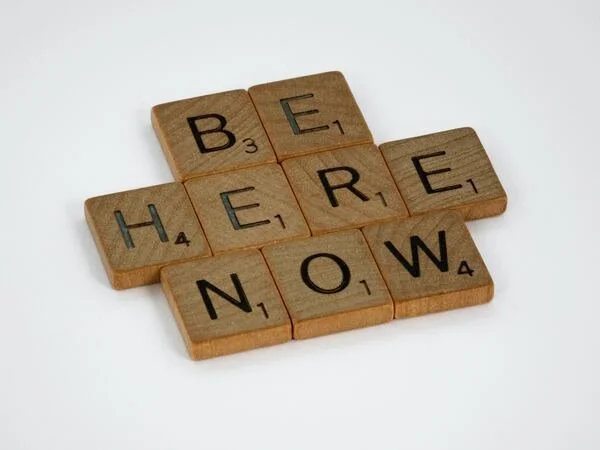What Is 'Grounding' And How Do You Do It?
Learn a simple technique for times of anxiety
What Is Grounding?
Grounding is a practice by which a person reconnects to their body when experiencing distress or discomfort. Often, techniques for grounding involve paying attention to the breath or physical sensations.
Grounding is not a treatment for mental health conditions, but it can be a useful technique to turn to when symptoms arise. As such, it might be something that a therapist brings up during treatment for conditions like anxiety or OCD.
Grounding Vs mindfulness
Grounding often involves practising mindfulness, but grounding is specifically designed to support someone during distress. Mindfulness is a practice that can be used at any time, not just during distress.
Grounding Vs Breathwork
Grounding may involve using breathwork, such as paying attention to the breath or using particular patterns of breathing, but it doesn’t have to.
Like mindfulness, breathwork can be used at any time, not just during moments of stress or anxiety.
What Is Grounding For?
Stress
Finding it difficult to switch off is a common symptom of stress, and grounding can help with this. Grounding can also help with the physical signs of stress, such as feeling tense.
Anxiety
Feeling light-headed or on edge are both symptoms of anxiety, and grounding can help address both experiences. For people experiencing panic attacks, grounding may help prevent panic attacks or may be a technique that sufferers turn to during the attack.
Benefits Of Grounding
Symptom Relief
In the short term, grounding helps relieve the discomfort of stress and anxiety by helping us process stress and regulate our feelings.
In the long term, using stress management techniques like grounding may alleviate persistent symptoms of stress and anxiety, such as insomnia.
Relaxation
During times of stress, grounding can help us to relax. This can help give us a greater sense of control and agency, particularly if our circumstances feel unpredictable or overwhelming.
How To Practise Grounding
It’s a good idea to start learning to ground yourself in situations of low stress, such as at home or for inconveniences at work. That way, once you’re familiar with the way a grounding works and how it feels, you’ll feel confident using the same technique for stronger feelings of stress when you need it.
‘Body Scan’ Grounding Technique
A simple grounding exercise that’s suitable for beginners would be a ‘body scan’. You might be familiar with the body scan exercise from yoga or mindfulness practice.
In a safe place where you won’t be disturbed, sit, stand or lie down for five minutes. Slowly, ‘scan’ your body from head to toe:
-
Look for areas of tension, particularly in your neck, shoulders, hands or feet. If you can feel tension in your body, try squeezing then relaxing that area to see if you can release the tension.
-
Pay attention to your breathing. If you can feel yourself holding your breath, try taking two or three deep breaths before returning to a regular rhythm. Breathing regularly helps you stay awake and alert while you do the body scan.
-
Notice what kinds of sensations you can feel in your body, such as tingling. Notice whether different parts of your body feel warm or cold. There is no need to do anything; just observe the sensations and temperatures.
There are dozens of different grounding exercises that you can practise: for example, find out about square breathing and going through my senses on the Young Minds website.
When Not To Practise Grounding
Grounding may not be enough to deal with overwhelming emotions such as suicidal thoughts.
For clients experiencing dissociation or hypervigilance, such as people with PTSD, it might also be a good idea to get specialist support and treatment before using techniques like grounding. Your clinician can advise on how to introduce techniques like grounding in a way that best supports your recovery.
Needless to say, grounding is not suitable in every situation: for example, it’s not going to be safe to practise driving when you’re driving, or if you’re in a situation when you’re worried about your safety.
But as a flexible technique that you can initiate yourself, almost anytime or anywhere, grounding may be a helpful part of a wider toolkit for coping with difficult symptoms.
Contact Resilient Wellbeing Clinic to find a therapist or schedule an appointment.
